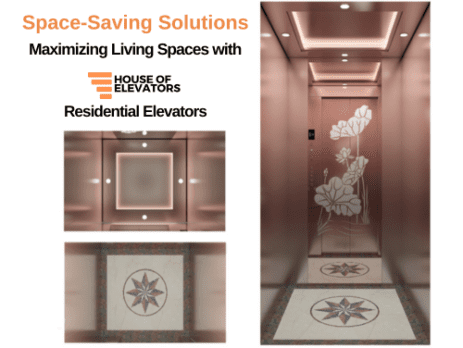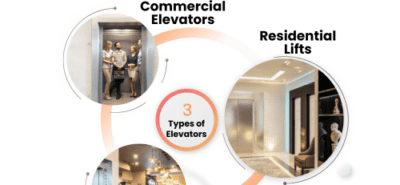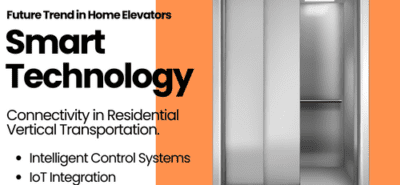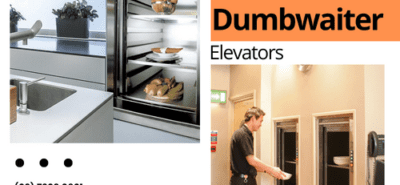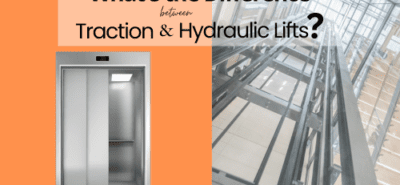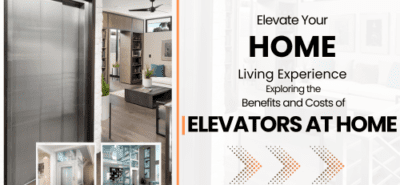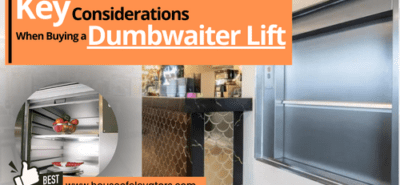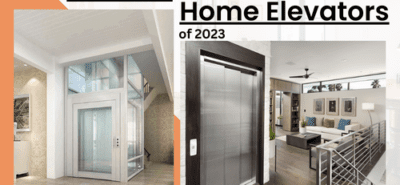Space-Saving Solutions Maximizing Living Spaces with Residential Elevators
In an era where urban living spaces are getting smaller and multi-story homes are becoming more common, homeowners are increasingly seeking innovative ways to make the most of their limited square footage. One remarkable solution that has been gaining traction in recent years is the incorporation of residential elevators. These elevators not only provide convenience and accessibility but also present an excellent space-saving opportunity to optimise living spaces.
In this blog, we will explore how residential elevators serve as efficient space-saving solutions and revolutionise the way we navigate our homes.
- Elevators that Fit: Compact and Smart Designs
Gone are the days when elevators required significant space and construction modifications. Modern residential elevators come in various compact designs that cater to the spatial constraints of contemporary living. Space-saving elevators can be installed in tight corners, within staircases, or even integrated seamlessly into walls, making them perfect for homes with limited floor area.
- Removing Barriers: Multi-Story Access Made Simple
Residential elevators eliminate the need for expansive staircases, providing effortless access to different floors. By opting for a space-saving elevator, homeowners can free up valuable square footage that would otherwise be occupied by stairs. This newfound space can be repurposed for other functional areas, such as storage, home offices, or recreation zones.
- Maximising Home Value: An Attractive Amenity
In the competitive real estate market, a residential elevator can add substantial value to a property. Potential buyers recognise the convenience and luxury associated with having a private elevator, making it an attractive feature for those seeking a comfortable and accessible living space.
- Ageing in Place: Future-Proofing the Home
For ageing homeowners or those with mobility challenges, a space-saving residential elevator becomes a crucial investment in enabling them to age in place independently. It ensures a smooth transition between floors without relying on stairs, offering safety and ease of movement for residents of all ages.
- Enhancing Aesthetics: Elevators as Architectural Features
Modern residential elevators are more than just functional devices; they are architectural elements that can elevate the overall design of a home. Manufacturers offer a range of customizable options, allowing homeowners to match the elevator’s aesthetics with the interior decor seamlessly.
- Future-Ready Mobility: Incorporating Smart Technologies
Space-saving residential elevators can be equipped with smart technologies, such as touchscreen controls, remote access, and energy-efficient features. These advancements not only enhance the user experience but also make the elevators more energy-conscious and eco-friendly.
- Increased Storage Efficiency: Elevator as a Vertical Closet
Innovative designs allow for the creative integration of elevators with storage solutions. For example, homeowners can install a space-saving elevator adjacent to a vertical closet, providing convenient access to essential items while maximising storage efficiency.
Conclusion
As our homes continue to evolve to meet the demands of modern living, residential elevators stand out as a remarkable space-saving solution. Beyond their practicality, elevators contribute to the aesthetics of the home and offer a sense of luxury and convenience. Whether it’s future-proofing the house for ageing in place, increasing property value, or simply optimising space usage, a space-saving residential elevator proves to be a smart investment that transforms the way we experience our living spaces. With continuous advancements in elevator technology and design, homeowners can look forward to even more space-efficient and sophisticated solutions for vertical mobility.

